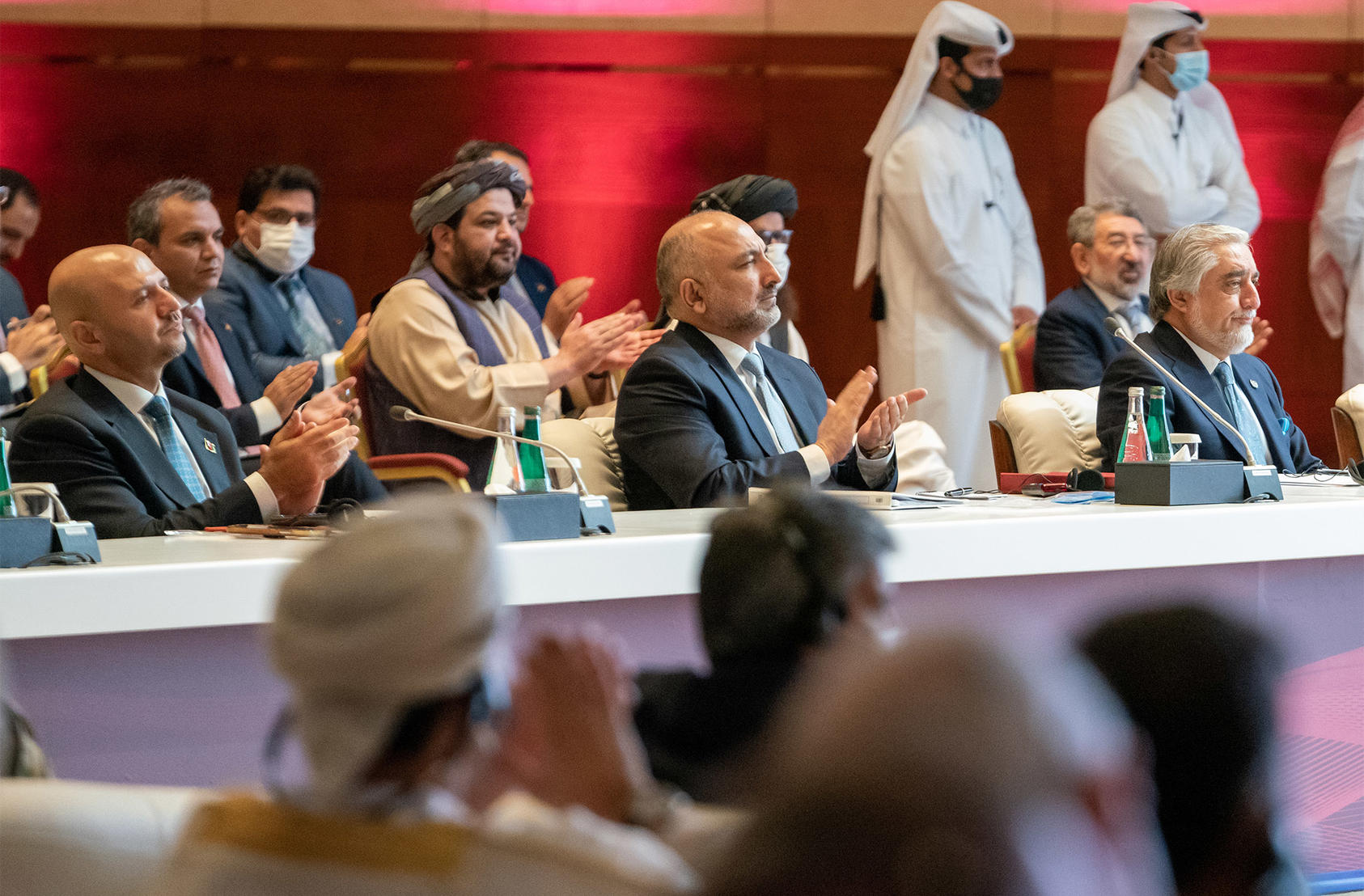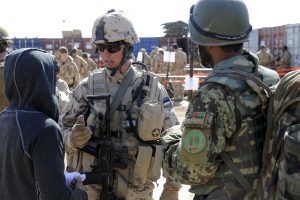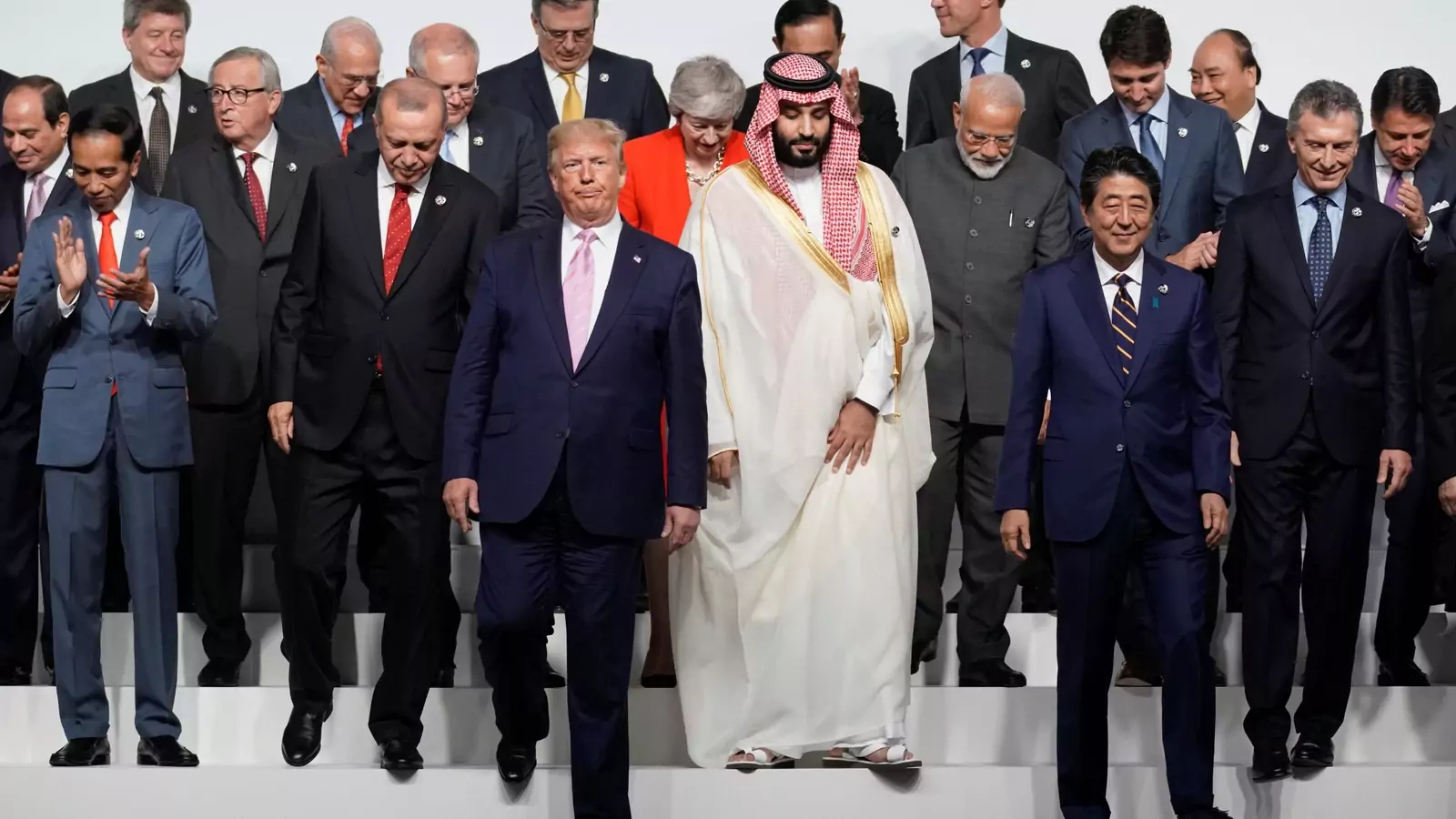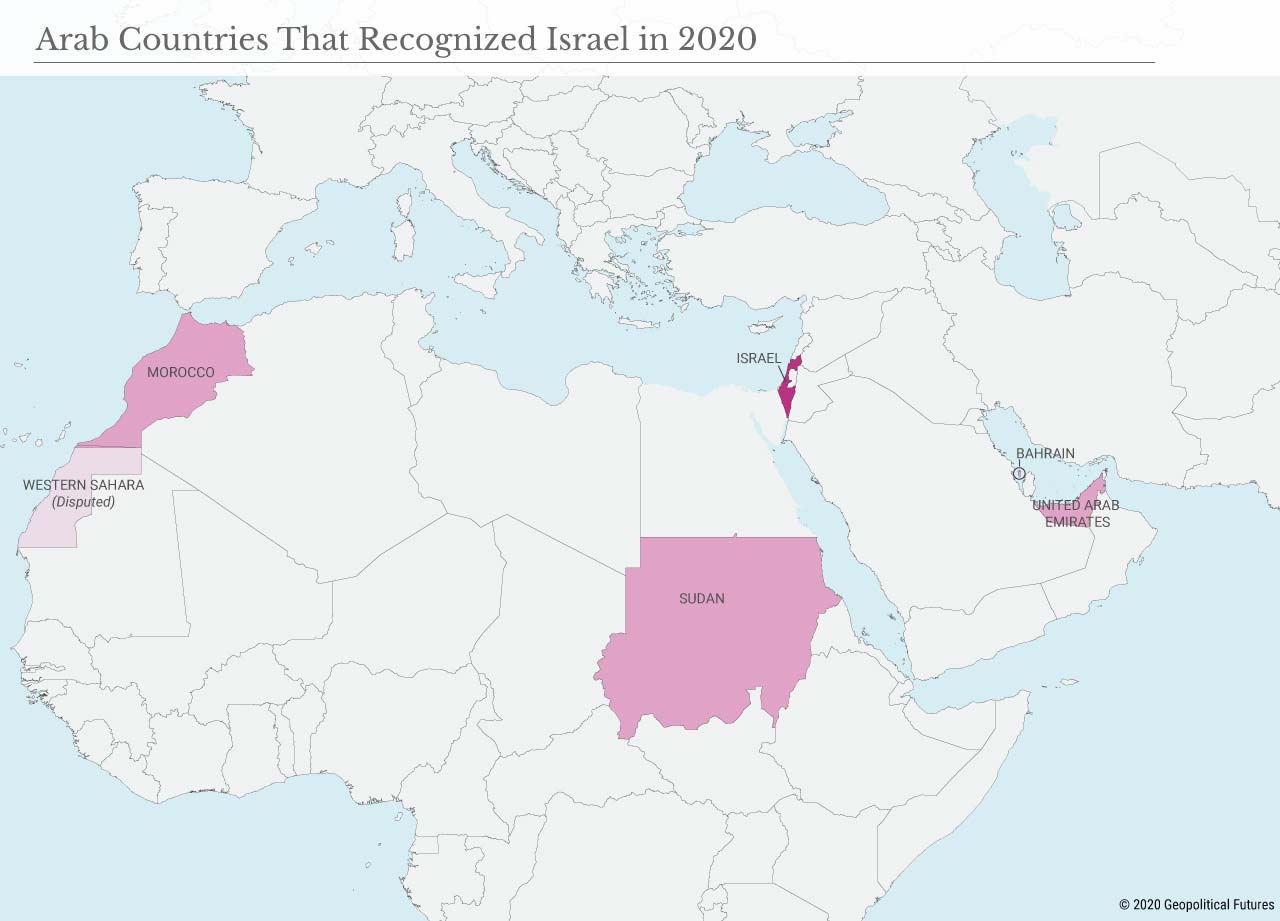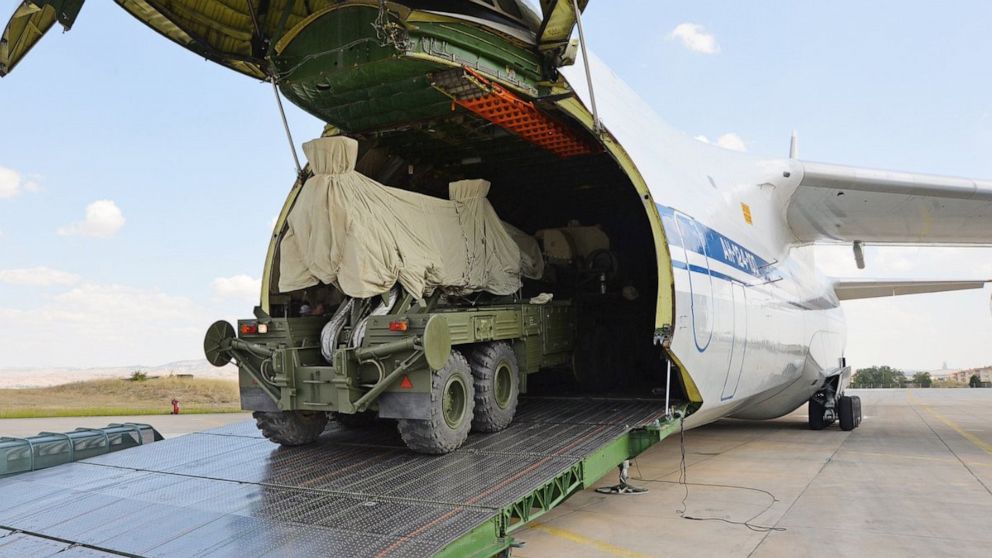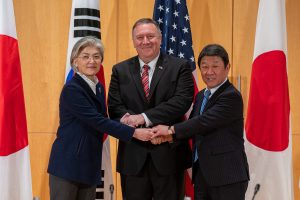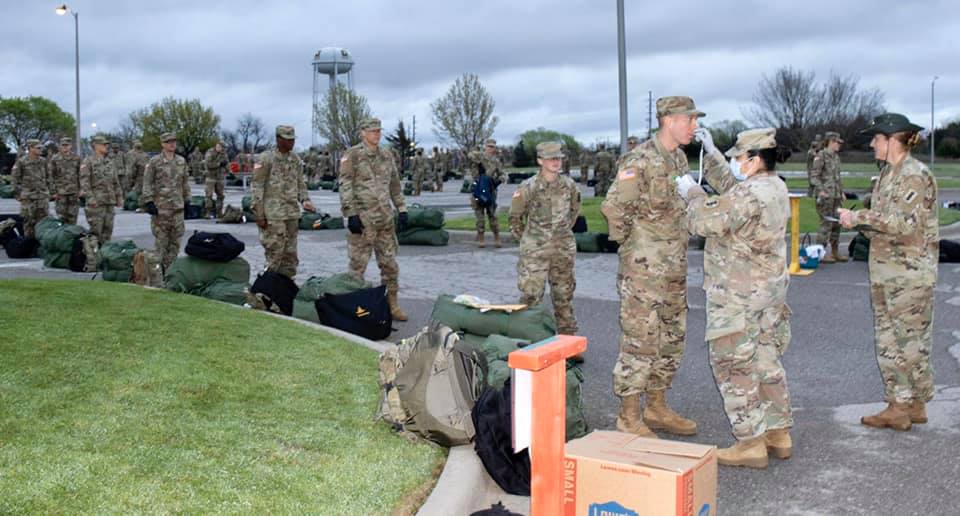By Prachi Priya and Aniruddha Ghosh

The Regional Comprehensive Economic Partnership (RCEP), a mega free trade agreement (FTA) was signed recently by 15 nations, namely the 10 ASEAN states, Japan, South Korea, China, Australia, and New Zealand. India had decided to walk out of trade pact in November 2019, when Prime Minister Narendra Modi stated: “Whenever I try and gauge India’s interest in light of her joining RCEP, I do not get an answer in the affirmative; neither Gandhiji’s policy of self-reliance nor my wisdom allows me to join RCEP.”
India’s decision to exit the mega trade deal was taken after negotiating the deal for seven years in the backdrop of several unresolved issues concerning market access for China, non-tariff barriers faced by Indian exporters, services trade, and rules of origin criteria, among other issues. While India was often tagged as the “troublemaker” in the deal negotiations, Indian policymakers stood their ground firmly when it came to the interests of domestic producers, especially regarding Chinese exports of subsidized goods to India. Apart from economic factors, India’s decision to not join RCEP had a strategic dimension given China’s domination of, and leading role in, the pact. Since Modi’s announcement, the Line of Actual Control standoff with China in Ladakh has sealed India’s decision to stay firm and leaves no space for any further trade negotiations involving its northern neighbor.
Make no mistake, India had no option but to exit the pact. RCEP in its present form would have not served any purpose for the country. A NITI Aayog paper titled “India’s FTAs and Its Costs,” which we have co-authored with Dr. V.K. Saraswat, a NITI Aayog member, highlighted India’s experience with its previous FTAs and its reasons for not joining RCEP. The post-pandemic world trade landscape and its associated challenges; China’s unfair trade practices and its constant endeavor to side-line issues critical for Indian industry in RCEP; and, most importantly, rising border disputes with China reiterate that India did the right thing by staying out of RCEP.
